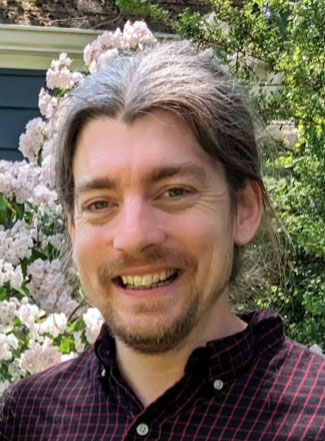David Paynter

My principle research interests center around atmospheric radiative transfer. Recently, I have added a version of the shortwave continuum to GFDL CM3. This research points towards the important role that the water vapor continuum can play in predicting global dimming and precipitation changes in a changing climate. If you wish to have access to any of the continuum spectra used for this work please drop me an email. I am also working towards improving the representation of the absorption by all greenhouses gases in the GFDL radiation codes by comparing them with state of the art line by line radiation codes.
My other interests include understanding the last scale energy budget response of GCMs to different radiative forcing scenarios. This involves looking at the differences between the climate response to aerosol radiative forcing compared to that of greenhouse gases. It is notable that in GFDL CM3 both Greenhouse gas and Aerosol Radiative forcing lead to significant transport of the energy to regions away from where the main radiative forcing occurs. The nature of this redistribution of energy can have significant consequences for the rate at which the planet warms or cools in response to a particular forcing.
My PhD was supervised by Prof Keith Shine at the University of Reading and consisted of measuring the water vapor continuum in the near infra-red (between 1200 and 8000 cm-1) and investigating possible causes of the continuum. A copy can be found here (This will take you away from the GFDL website, please also note that this is a 60MB PDF file which will cause some browsers to crash, it is perhaps best to right-click on the link and select ‘save link as’). This work is being continued by the CAVIAR (you will leave the GFDL website) project which involves several UK universities.


